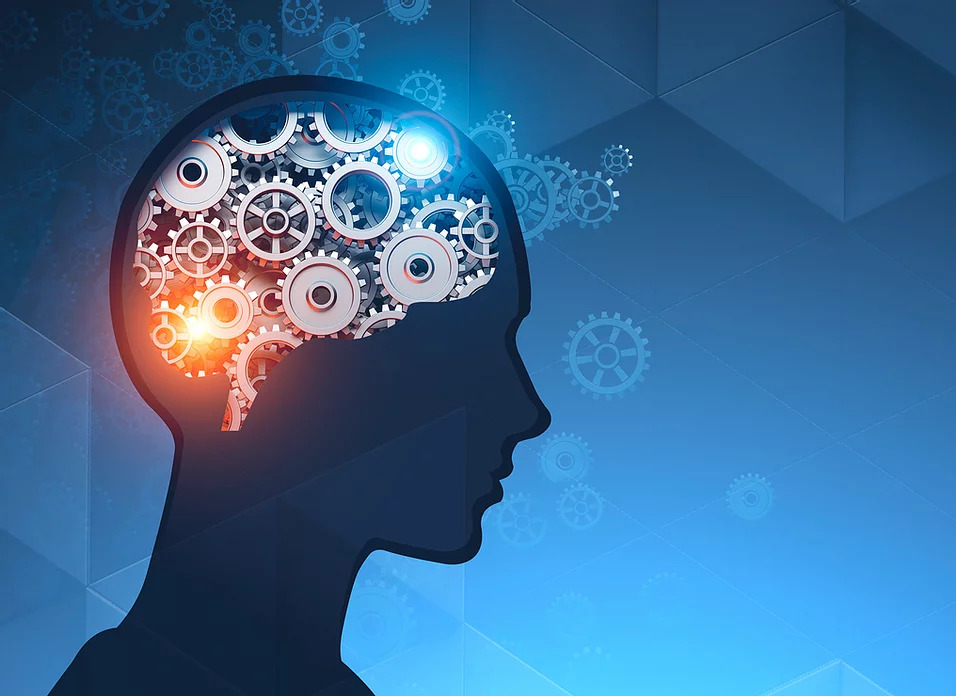Every player we see and treat as a case study of one who has their own unique individual profile that influences them to swing, move and perform as they do. Therefore, instead of ‘fitting’ the player to the 3D biomechanical data and into normative, expected values, we invert this approach and use the 3D data to help establish where we can make improvements, locate what movements may be problematic and create a clear and precise approach to help map out each players individual priorities.
You can’t use generic approaches to resolve precise questions therefore precise questions need precise approaches…
In essence, ‘the story’ behind the data is actually of more importance than the data itself as understanding how the player moves and what they are being influenced by to produce their swing data is perhaps equally more important than the data itself.
In short, data simply allows us to ask better questions. Areas we consider, acknowledge, and appreciate to fully understand why the player moves and swings the way they do include:


Our anatomical capabilities and abilities hugely influence how we move. Philosophically there is no such thing as a physical limitation as the human body will always to the best it can with what it has available, therefore one persons disability can be another humans ability. However, understanding how our anatomy, for example joint ranges, postures, segment control, tissue behaviours etc influences how we move is vital to improving our swing and performance as in essence, much of how we swing is in short how we move around our human frame.
Our physiology influences in ways that we are not even aware of, therefore just because you are not aware of it does not mean its not influencing how we swing and perform. Understanding how areas such as nutrition, hydration, fatigue, mood/stress, our autonomic nervous system balance, the environment and how we interact and perceive it are vital to how we swing and perform. Ensuring we are in the best place physiologically to swing and perform is crucial in allowing us to develop and advance.
Memory is hugely influential on how we move and swing as how we move and perform can evoke both helpful and unhelpful memories. Almost everything we do in live is referenced against memory therefore understanding and how influential our memories are is vital in appreciating why we swing the way we do.
Our perception of movement and what we are attempting to do within our swings are hugely influential. The basis of learning is ‘what it means to us’ and ‘finding our answer rather than using someone else’ is of great importance, therefore shifting and improving our perception of movement can be one of the most realistic ways of improving how we swing, move and perform. Just because we are not aware of something does not mean it is not influencing us.
Our concepts control how me move therefore the data we produce is representative of the concepts we have which is why invariably, some of the biggest improvements we can make is exploring our concepts of what we are attempting to do and achieve within our swing.
Our beliefs control and determine much of how we move, swing and perform. Humans can hold on to deep beliefs we’ve attached to our golf swings and everything we subsequently do is referenced against the beliefs we have. For example, if we believe the pelvis must move in a certain way, this is what all good players do, the club must approach from the inside etc…
What we expect will happen if we move and swing a certain way, deliver the club, expectation of ball flight etc influences our perceptions and behaviours therefore connecting and understanding our perceptions, concepts, beliefs, memories and expectations and where they have come from is intangibly powerful and influential.
Perhaps the most important area of developing and improving players – knowing what to improve and knowing what to leave alone. Priority number one, regardless of a players status and aspirations is appreciating what makes the ‘swing work’ and if we make an improvement, being able with intellectual honesty alongside credible, robust scientific data predict and estimate how the player may respond. Essentially, there are two main types of player, responders and non responders. Understanding what the player responds to and equally what they don’t respond to is critical in helping players adapt and improve.
Every player is a case study of one…
